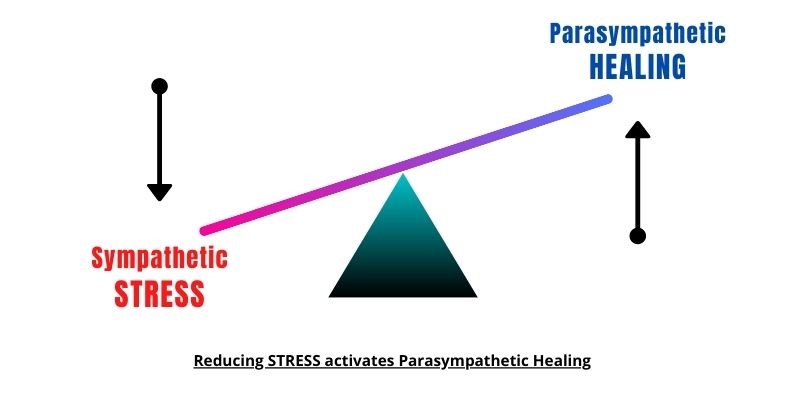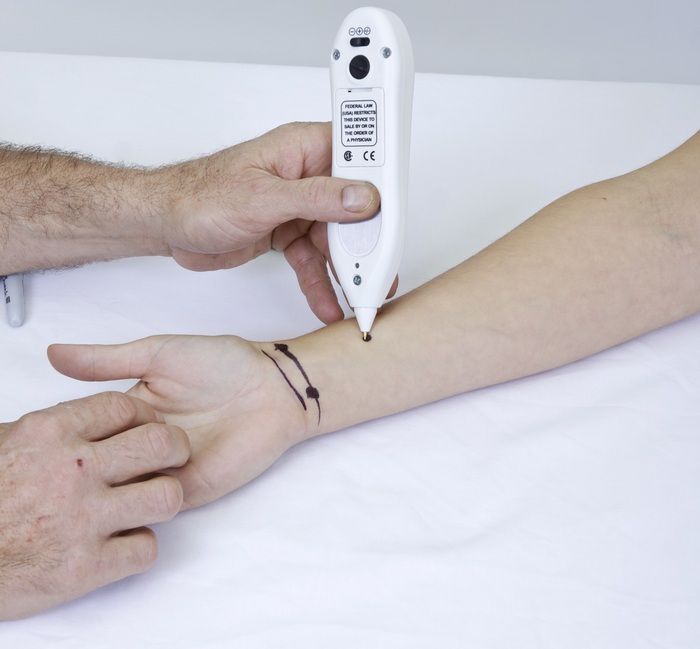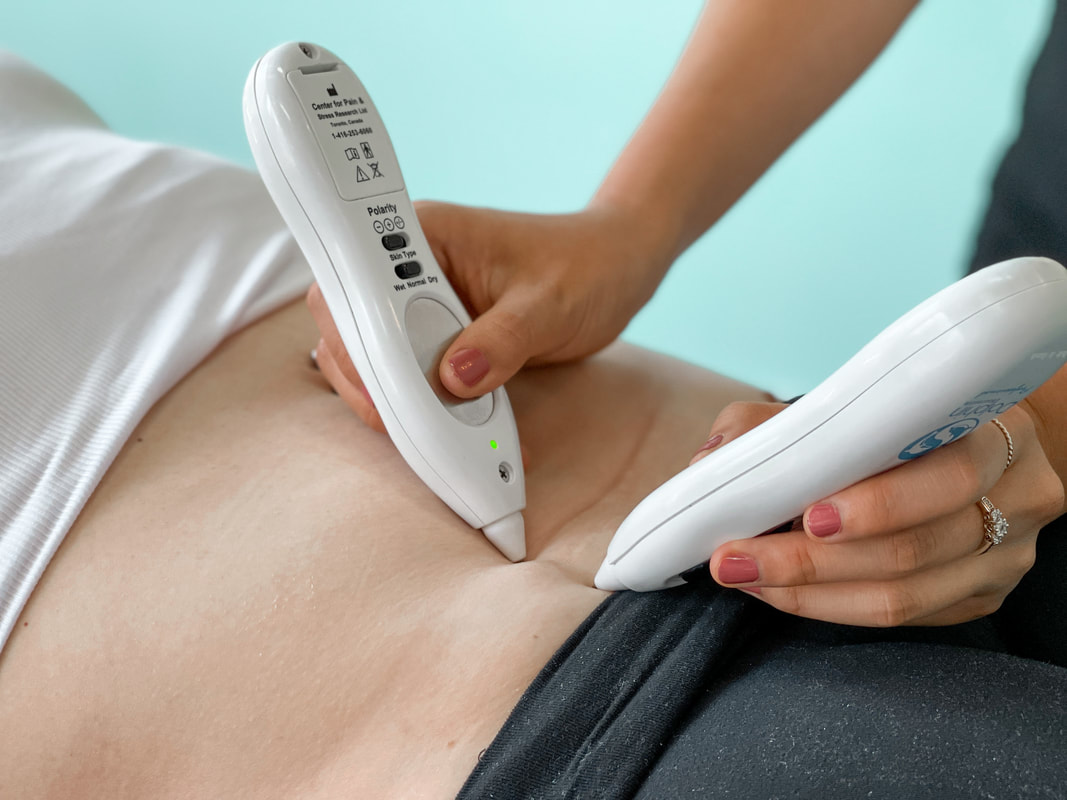
MPS Pain Therapy
The current therapeutic/medical approach to treating chronic pain emerges from the central-peripheral (CNS-PNS) human nervous system model, which often treats pain symptoms with localized therapy.
MPS Pain Therapy is an autonomic nervous system (ANS) based chronic pain therapy that treats the entire body using original protocols for the purpose of reducing sympathetic nervous system stress for muscular relaxation and pain relief such as back pain, lower back pain, neck pain, and arthritis pain.
Chronic Pain and the Autonomous Nervous System
MPS Therapy believes the key to the treatment success of almost all chronic pain and disease conditions is to calm down (deregulation) the sympathetic nervous system (SNS) by clearing physical blockages which keep this system in “high” drive. The exact cause of SNS stress and anxiety is often complex, but the accompanying MPS Therapy protocol manual (Natural Health) illustrates the step-by-step process to determine the root causes of any chronic pain condition.

The basis of MPS protocols are the following four (4) steps:
1. MPS Parasympathetic “calming” points
There are several well-known potent parasympathetic acupuncture points located on the wrists that significantly calm the patient to reduce muscular tension and permit deeper tissue work without the patient guarding. Countless pain patients have reported the elimination of all their pain symptoms with this single simple step.

2. Scar/Adhesions or Neural Therapy
Scar Release therapy (SRT) is a technique that involves the simultaneous application of MPS Therapy to each side of visible (or hidden) scars to increase catabolism through cellular “repolarization”. This technique should not be underestimated in its potency as releasing scars can sometimes be the single most important factor in the treatment of chronic pain in the body. MPS Scar Therapy has been published to produce between 75-82% pain relief after a single session. (OGM, IJCAM)

3. Spine & Radiculopathy (Nerve Root Entrapment)
Entrapment of nerve roots (called radiculopathy) has a significant influence on chronic pain management throughout the peripheral nervous system (PNS) along the nerve pathways (dermatomes) by activating stress response and tightening local paraspinal muscles. Any distal tissues innervated by the injured nerve root will (ie. arms and legs) will often produce distal chronic pain.
Applying MPS Therapy to the muscles on each side of a pinched nerve will immediately relax the paraspinal muscles and “release” the nerve root entrapment providing significant relief to the patient. MPS Spinal Therapy has been published to produce between 75-80% pain relief after a single session. (JCAM, IJCAM)

4. Distal Acupuncture Points for Pain Relief
MPS integrates key distal acupuncture which has an especially potent influence on proximal chronic pain into MPS protocols. Applying MPS Therapy to these points can provide immense relief of muscle pain and are the perfect finishing solution after treating scars and the spine.


